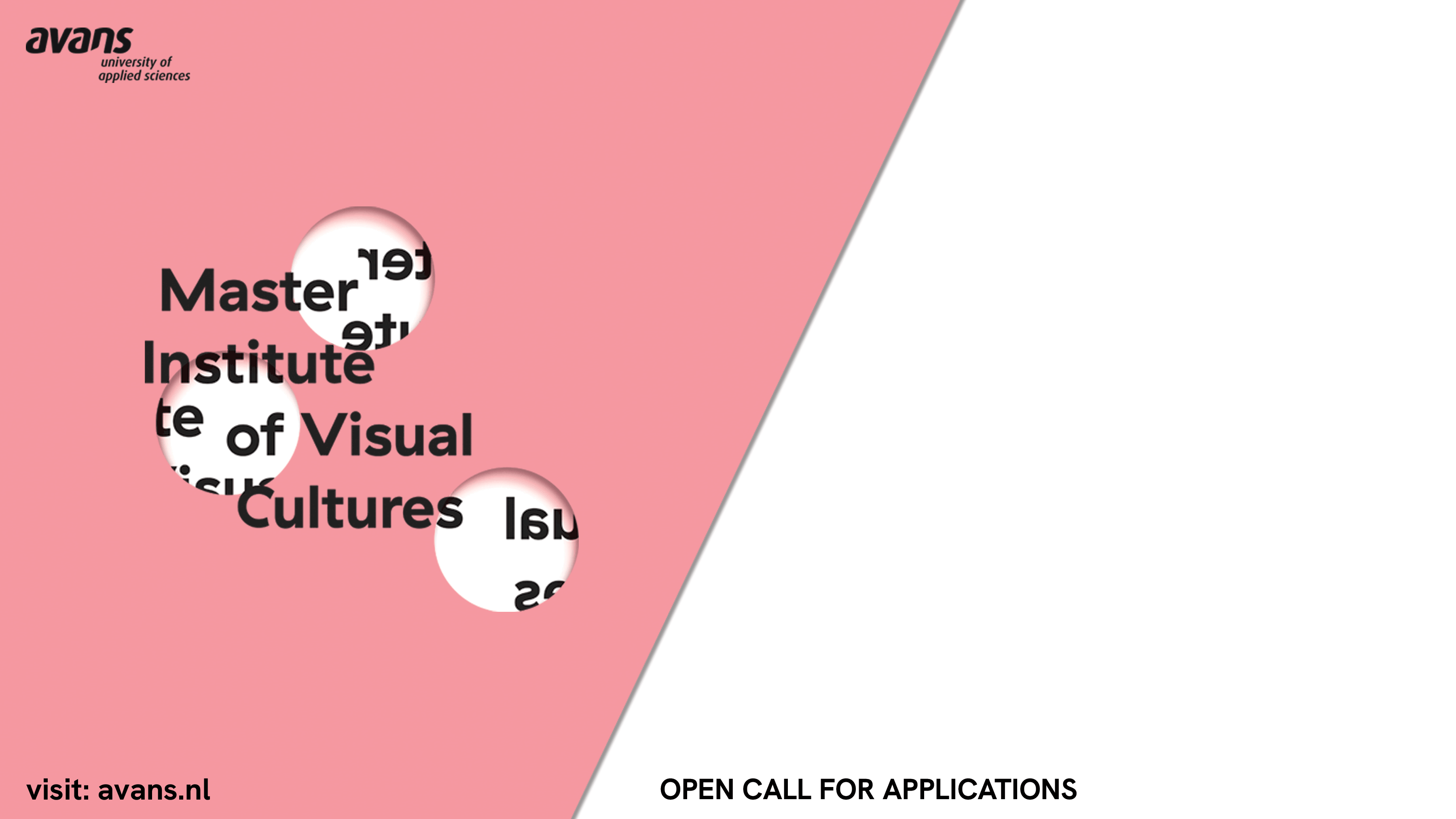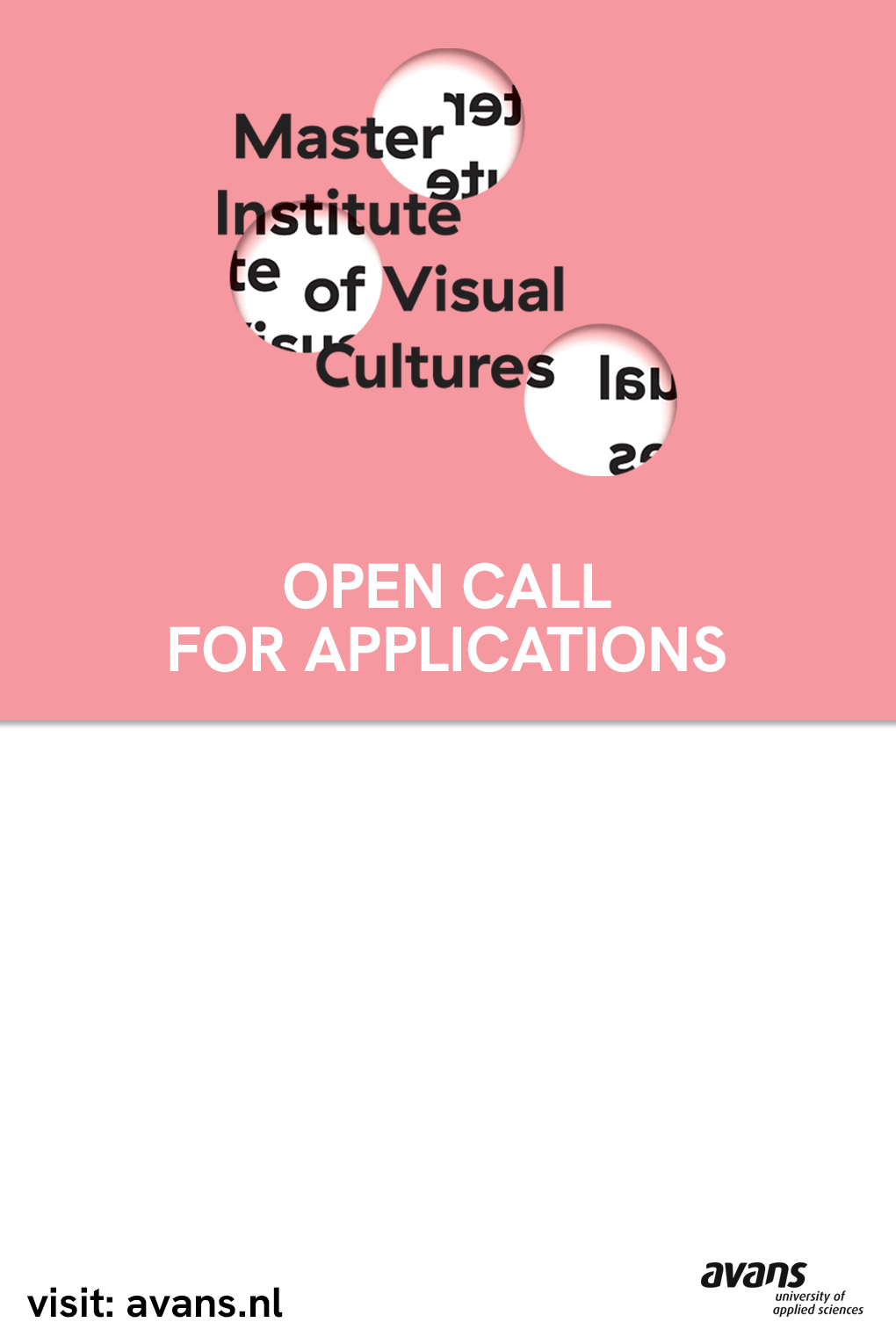The Price of Nothing:
luxury after The Real Estate Show
Curated by Jason Murison
Iris Bernblum, John Fekner, Adam Putnam, Michael Smith and Joshua White, Rory Posin, Jessica Rohrer, Christy Rupp, George Rush, Sharp, Roger White, David Wojnarowicz, and Martin Wong. Films by: Charlie Ahearn, Anders Grafstrom, Eric Mitchell, James Nares, and Amos Poe
September 14 – October 27, 2007
Opening reception September 14, 6-8 pm “No Wave” film screening will be held October 17, 7pm
EFA Gallery
EFA Studio Center
323 West 39th Street, 2nd Floor
New York, NY 10018
between 8th and 9th Avenues
www.efa1.org
Gallery Hours: Wed through Sat, 12-6 PM
For further information:
Elaine Tin Nyo, Director
T. 212-563-5855 x203,
F. 212-563-1875
elaine@efa1.org
The Elizabeth Foundation is delighted to announce their opening exhibition for the fall: The Price of Nothing: luxury after The Real Estate Show, curated by Jason Murison. Essay published in conjunction with Paper Monument.
The story of “The Real Estate Show” (1979/80) is told like this:
On New Year’s Eve 1979 an anonymous group of artists organize a guerrilla-like protest exhibition entitled “The Real Estate Show” in an abandoned store-front on the Lower East Side. The object of this exhibition is to call attention to the gentrification of downtown neighborhoods and the practices and politics surrounding the Department of Housing Preservation and Development. The significance of the show is less in the works displayed than in the venue: the particular storefront is one of many in the area held vacant by the city, which has kept silent about its intentions for the property. On the morning of the 2nd of January, after a well-attended opening, the NYPD padlocks the space, effectively incarcerating all the works of art within and locking the artists and spectators out.
In response to the closure of the exhibition, the newly formed group known as Collaborative Projects (Colab) succeeds in generating a publicly watched protest followed by a short standoff with city lawyers. As a way to settle the debate, the city not only relents, relocating “The Real Estate Show” to a building down the street, but gifts a lease of another city-owned abandoned building (156 Rivington Street) to Colab. This space is later named ABC NO RIO.
Using the premise of “The Real Estate Show” as a springboard, The Price of Nothing: luxury after The Real Estate Show explores the rise of the luxury market with regard to both property and the art object since the late 70s. The exhibition plays the role of a time capsule, contemporary art works pit against works from the 80s and 90s that both reflect the life cycle of art and real estate. For example, George Rush’s painting Five Lamps (2007) centers the viewer within a contemporary luxury apartment, whereas Martin Wong’s painting Houston Street (1984) shuts the same viewer out at street level along the abandoned Lower East Side. Rush’s painting’s contemporary location could very well be in the same exact spot as Wong once depicted. Rush’s paintings contemporary location could very well be in the same exact spot as Wong’s. John Feckner’s graffiti-like stencil DECAY, which illuminates the urban blight of the South Bronx circa 1980 (famously and ironically used by the Regan Administration as a campaign stop), is politically and historically heightened when juxtaposed with Iris Bernblum’s photo-series Spokeswoman (2002), in which an aspiring spokeswoman in search of something to represent finds solace in the public spaces and fountains of midtown corporate office buildings.
The New York City of today and that of the 80s are seemingly two different cities. In today’s Greater New York, a gift of property to quell a protest (in the case of “The Real Estate Show”) seems a preposterous prospect. As luxury housing development steamrolls from the Lower East Side throughout Brooklyn, local politics still flare — in the case of the battles over the Jets and the Nets stadium proposals — but the politics of decades past (such as the debate over gentrification) have been conspicuously absent. Ultimately, The Price of Nothing asks, “Does the achievement of gentrification in a given area give rise to a luxury market? And as the city becomes more professional, how does artwork change?”
The Price of Nothing: luxury after The Real Estate Show will feature five “No Wave” super-8 films made between the years 1977 to 1981. Each film will be available for screening in its entirety by selecting the works by title from the front desk. Films will include: Amos Poe’s The Foreigner (1978), James Nares’ Rome ’78 (1978), Eric Mitchell’s Kidnapped (1978), Charlie Ahearns’ The Deadly Art of Survival (1979), Vivienne Dick’s Beauty Becomes the Beast (1980), and Anders Grafstrom’s The Long Island Four (1980).
A special “No Wave” film screening will be held October 17, 2007 with films to be announced.
Jason Murison, is the Gallery Manager for Friedrich Petzel Gallery, a curator, adjunct professor at School of Visual Arts and New York University, and is the former director of PPOW. He has contributed pieces to Brooklyn Rail. In conjunction with this exhibition his latest article “The Price of Nothing, 3 Stories about Real Estate” will be published in Paper Monument’s premier journal this fall. Last year he curated “How I Finally Accepted Fate” at the EFA Gallery.
This exhibition is presented by the EFA Gallery, a program of The Elizabeth Foundation for the Arts. The EFA Gallery is supported in part with public funds from the New York Department of Cultural Affairs and the New York State Council on the Arts. Private funding for the Gallery has been received from The Carnegie Corporation Inc., The Foundation for Contemporary Art The Helen Keeler Burke Charitable Foundation, Peter C. Gould, Materials for the Arts, and many generous individuals.
The EFA Gallery is a curatorial project space. Through the gallery, The Elizabeth Foundation for the Arts supports the creative work of independent curators. Curators build the framework in which we understand artists and the art they make. At their best, they redefine how we look at culture. The Elizabeth Foundation for the Arts believes in the essential importance of art in a civil society. The value of the artist’s creative spirit is not limited by age, race, nationality or acceptance by others.


